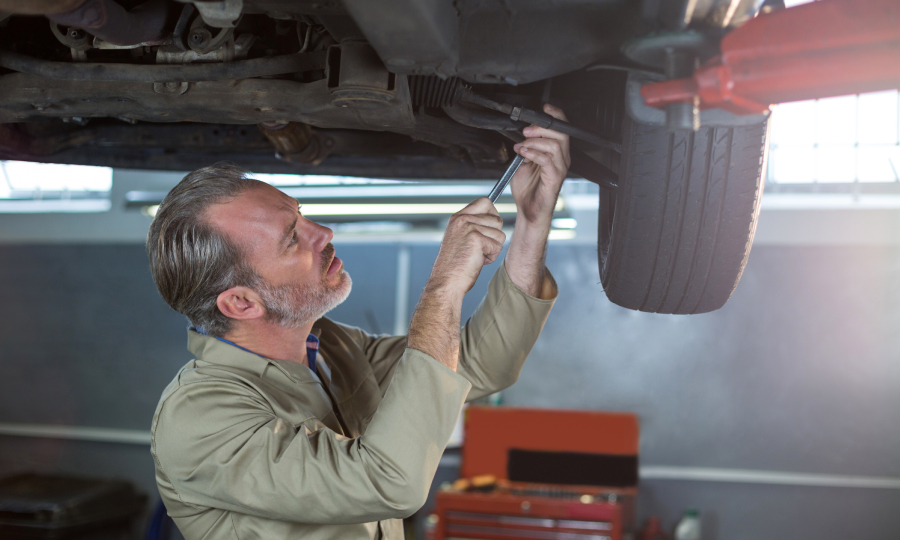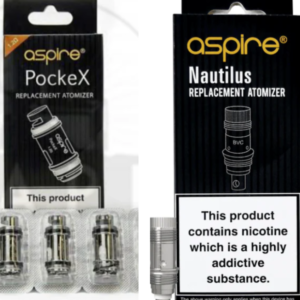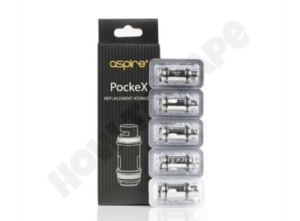Essential Tips to Install Carbon Fiber Accessories for Vehicles

Carbon fiber accessories are more than just a stylish addition to your vehicle. They’re strong, lightweight, and can improve both the performance and aesthetics of your car. Whether you’re looking to install a new spoiler, mirror caps, or even a full carbon fiber hood, the process can be both exciting and daunting. To ensure you get the best out of your carbon fiber upgrades, it’s essential to follow some key tips for a smooth and successful installation. In this guide, we’ll take you through the essential steps to effectively install carbon fiber accessories for vehicles.
Know What You’re Working With
Before you begin the installation, it’s important to understand what carbon fiber is and why it requires careful handling. Carbon fiber is a composite material consisting of strong, thin carbon crystalline threads. It’s renowned for its lightweight yet incredibly durable properties, making it perfect for automotive parts. However, it is not indestructible. Scratches, cracks, and even stress fractures can occur if handled incorrectly.
When you purchase a carbon fiber accessory, inspect it closely. Check for any imperfections, cracks, or weak spots that could cause problems later. You want to ensure that the part is in perfect condition before you start the installation process.
Preparation is Key
Proper preparation can make or break your installation. First, collect all required equipment and supplies. Most carbon fiber accessories for vehicles will require basic tools like screwdrivers, ratchets, and possibly some adhesive, depending on the part you’re installing.
Make sure to clean the area where the accessory will be installed. Dust, dirt, and grime can interfere with the adhesion and fitting of the part. Use a microfiber cloth and a mild cleaner to wipe down the surface thoroughly. A clean, dry surface is essential to ensure that the accessory sticks or fits properly without shifting later on.
Test Fit Before You Commit
One of the most important tips when installing any accessory is to do a “dry run” or a test fit before you secure anything permanently. Place the carbon fiber accessory on your vehicle and check how it aligns with the existing parts. Look for any gaps or misalignments.
Testing the fit will help you avoid surprises during the final installation. It’s much easier to correct any issues at this stage than it is after you’ve glued or bolted the accessory into place. If you notice any slight imperfections in the fit, you may need to make small adjustments to your installation plan or trim the part carefully.
Use Proper Torque When Bolting
Some carbon fiber accessories for vehicles, like hoods or trunk lids, may require bolts or screws for attachment. In these cases, it’s crucial to use the correct amount of torque when tightening the bolts. Carbon fiber is strong but can be brittle if overstressed. Over-tightening the bolts can cause the carbon fiber to crack or warp.
Use a torque wrench to ensure you apply the right amount of force. If you’re unsure about the torque specifications, refer to the vehicle’s service manual or consult with the manufacturer of the accessory. Applying just the right amount of pressure will keep your accessory secure without damaging it.
Adhesion: Using the Right Method
For some carbon fiber accessories, like side skirts or spoilers, adhesive tapes or bonding agents are often used for a seamless fit. The type of adhesive you choose is critical. Look for high-strength automotive adhesive tapes, such as 3M tape, which is commonly recommended for carbon fiber installations.
When using adhesive, be sure to follow the manufacturer’s instructions carefully. Apply the adhesive evenly and avoid using too much, as it could seep out and create a messy finish. After applying, press the accessory firmly onto the surface and hold it in place for a few moments to ensure a secure bond.
Protect the Finish
Carbon fiber accessories for vehicles often come with a glossy, clear coat that enhances the weave’s appearance and protects the material. However, this finish can scratch or fade over time, especially if exposed to harsh environmental conditions.
To maintain the pristine look of your carbon fiber accessory, consider applying a protective wax or ceramic coating. These coatings can shield the surface from UV rays, dirt, and debris. Regular maintenance, such as cleaning with a microfiber cloth and using non-abrasive cleaners, will help keep your carbon fiber looking brand new.
Take Your Time
Finally, don’t rush the installation. Installing carbon fiber accessories requires precision and patience. If you rush through the process, you risk damaging both your vehicle and the accessory. Take your time to ensure every step is done correctly, from the initial fitment to the final securing of the part.
If at any point you feel unsure about the installation, don’t hesitate to seek professional help. Many automotive shops specialize in carbon fiber installations and can ensure that everything is done perfectly.
Conclusion
Installing carbon fiber accessories for vehicles can be rewarding in many ways. By following these essential tips, you’ll not only ensure a smooth installation but also protect your investment for the long term. Always handle carbon fiber with care, prepare the surface properly, and ensure a secure fit to enjoy the benefits of this high-performance material for years to come.













Post Comment